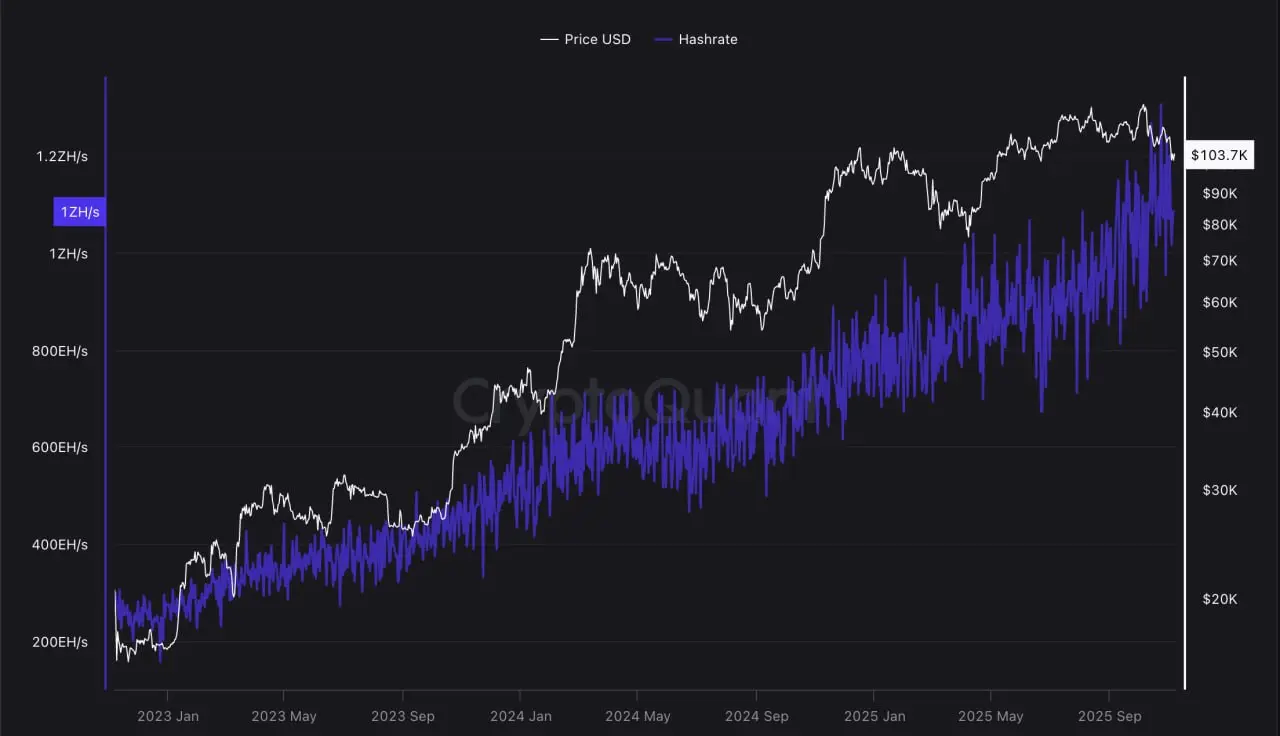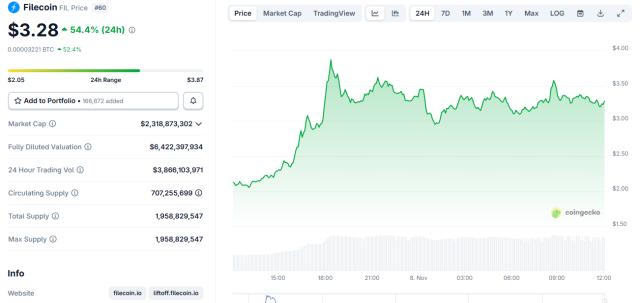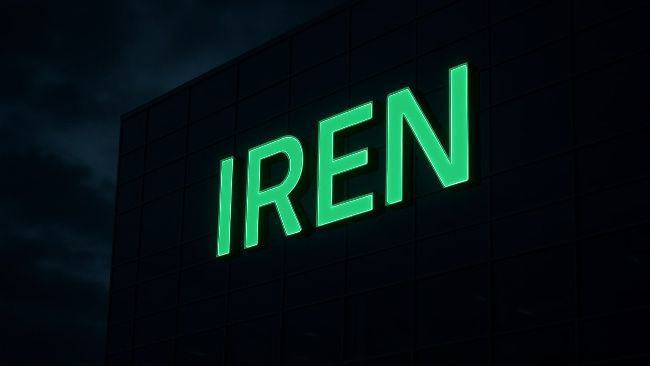Bitcoin miners face financial pressure as the hash price drops to prices that may force them out of the market. The cryptocurrency mining sector is facing challenges stemming from declining Bitcoin prices, rising energy costs, and increasing network difficulty, leaving miners in a state of survival.
TheMinerMag showed that BTC mining hash price has declined to $42 per petahash per second (PH/s). The hasprice PH/s figure determines the expected daily revenue earned per unit of computational power, helping miners to measure mining profitability. In July, PH/s was roughly $62, marking a decline of more than 30% at the current rate.
Some BTC miners shift focus to AI and data center infrastructure services
Smaller miners may be forced out of the market due to high operating costs. So far, most miners are scaling down operations and exploring new avenues of revenue generation to act as a buffer against potential losses.

The drop in hash price began to surface when mining hardware operators and suppliers started reporting fewer orders due to financial strain. The October crash increased the impact, particularly for miners who conducted the sales in BTC.
Bitdeer, one of the mining companies, has shifted its focus toward self-mining to generate revenue directly, rather than relying entirely on hardware sales. Some analysts have warned that the strategy will not be profitable in the long-term since the hashrate price is squeezed, affecting the entire sector.
The costs of acquiring and upgrading high-performance application-specific integrated circuit (ASIC) hardware form part of the challenges affecting miners. Another challenge is the surge in electricity costs, which leaves miners barely breaking even.
Some mining firms have also shifted their focus to AI solutions, data centers, and high-performance computing (HPC) services to gain access to alternative revenue streams. AI and data center sectors rely on large-scale computing infrastructure that is similar to crypto mining.
For instance, Cipher Mining signed a $5.5 billion deal to supply Amazon Web Services cloud infrastructure with computing power for 15 years. IREN also signed a $9.7 billion GPU computing deal with Microsoft. Some analysts, however, have warned that relying on AI infrastructure services requires large upfront capital and specialized expertise, which may limit participation to large mining firms.
BTC network hashrate climbs above one zetahash per second
The Bitcoin halving event, which occurred in April 2024, increased competition among miners for the limited block rewards, reducing from 6.25 BTC to 3.125 BTC per block.
Based on CryptoQuant analysis, Bitcoin’s network total hashrate, which measures the combined computational power required to secure the network, rose above one zetahash per second (ZH/s). The increase is due to significant participation from industrial-scale miners and improved hardware efficiency.
Rising hashrates increase the difficulty of mining new blocks; hence, the cost to mine a single Bitcoin block is climbing, regardless of the market price of BTC.

Bitcoin mining has evolved from CPU-based setups in 2009 to today’s large-scale ASIC-based operations, leaving the market to investors with significant capital investments and substantial energy resources.
Initially, mining a block would result in a reward of 50 BTC, but this has gradually decreased to the current 3.125 BTC per block, creating economic pressure that rewards only the most efficient and capital-intensive operators.
BTC remained volatile over the weekend, following a decline below $100,000 on Friday. So far, the token is trading above $102,000 with a growth of 0.84% on the daily chart. BTC has also lost 7.2% through the week, falling from a trading price above the $104,000 support level to its current level of $102,330.







